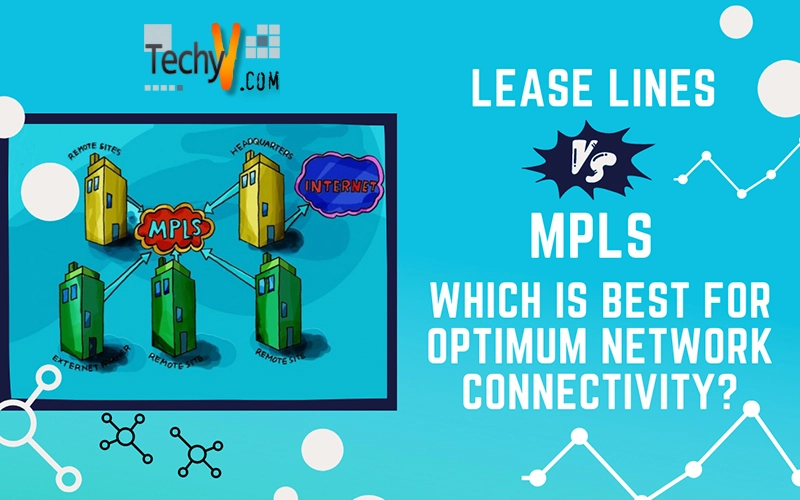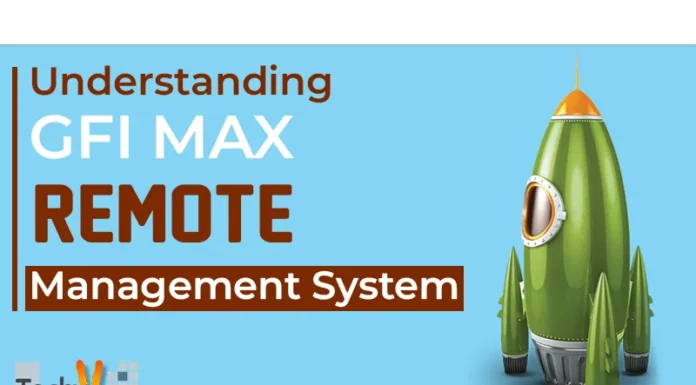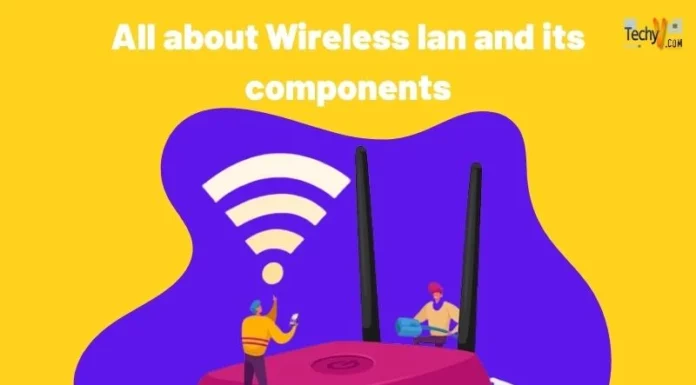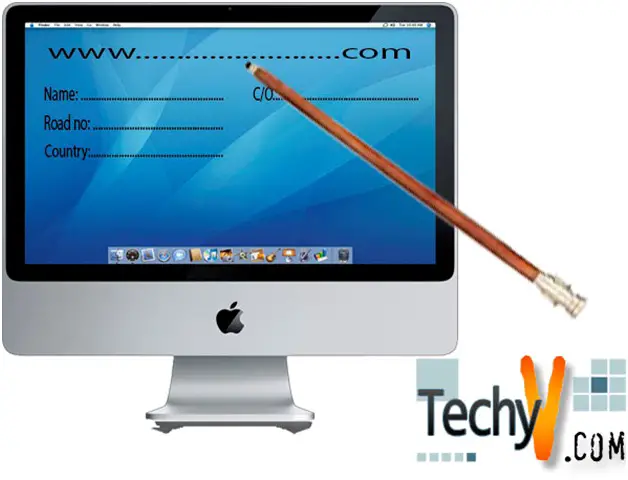Lease Lines vs. MPLS: Which is Best for Optimum Network Connectivity?
In this column, we will tackle two major forms of network connectivity: the Leased Lines and the MPLS. The fundamental concepts for both Leased line and MPLS technologies are used to connect multiple pisions in order to facilitate access and speed up data transfers greatly, especially for large type of organizations. Here are some fundamental ways on how connectivity performs on a given task.
Lease Line Communication
It is a circuit that provides full time connection to a network for data and voice communications. It can be used for telephone communications, send data and provide much higher bandwidth than an existing line offered by internet providers. These kinds are usually purchased by large organizations that regularly use and wish to obtain faster internet connection.
Multi-Protocol Label Switching (MLPS)
MPLS or Multi-Protocol Label Switching is a mechanism in a high performance telecommunications network that directs data from one network node to the next based on short path labels avoiding complex lookups in a routing table. It is used to speed up the flow of traffic on a network so that it becomes easier to manage. To achieve this kind of traffic management, a specific path is set up for a particular sequence of packets with labels for identification purposes. The overall result is that the time the router would have taken to look for the next node’s address is saved (the node is where the packet is forwarded to). The MPLS technology works with multiple network protocols including frame relay, Synchronous Transport Mode (ATM) and Internet Protocol.
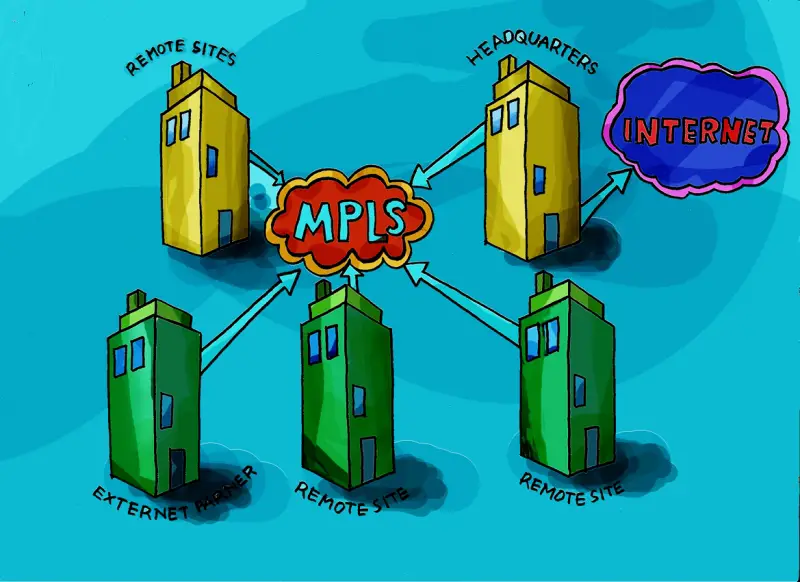
Two Live Scenarios on Usage
Mobile Backhaul: Wireless aggregation and access
In this scenario, the MPLS technology is used to offer transportation services necessary for mobile controlling functions as well as user plane traffic in various topologies that are used for supporting different RAN technologies and interfaces. Good examples of topologies include flat and centralized topologies whereas examples of RAN technologies and interfaces include mobile WiMAX, GSM and UMTSLTE.
Leased line Site-Network connection
This has been necessitated by growth in data networks thus leading to development of dynamic networks by use of packet switching (grouping all transmitted data into small sized blocks known as packets) .The packet switching architecture is built on top of existing infrastructure in order to achieve the switching functionality across the private network.
And the Winner is…
The difference between the two is that in the leased line, the site (branch) is connected to each other through a line provided by the service provider. The connection is a private network for communication between the sites. While the MPLS network, each site is connected to the service provider’s network with a single link that any packets from the locations to the network is given a label for identification and routed through the network. With MPLS, it is possible to define the traffic path in a network as well as the performance characteristics for different forms of traffic like voice, video or data. In addition to, MPLS network can carry all sorts of packets by using the same infrastructure simply because the packets coming in are assigned protocol independent labels for transmission to the network. This makes MPLS the preferred technology for use in business network communication.
A Leased line is a circuit that provides full time connection to a network for data and voice communication to obtain faster connection while the MPLS delivers the quality of real time service essential to support and guarantees bandwidth large enterprises to speed up the flow of traffic on a network and becomes easier to manage.
Lease Line Communication and MPLS
Written by: Brother Nation
Date published: 08/22/2011



